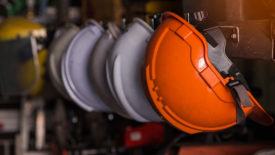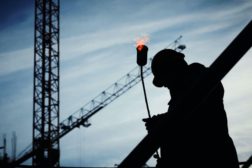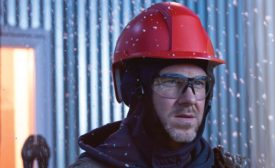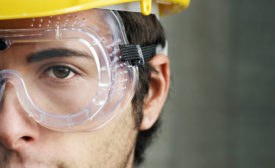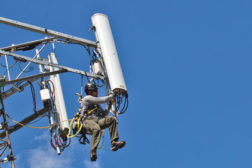Home » Keywords: » head injuries
Items Tagged with 'head injuries'
ARTICLES
Agency says they offer better protection from head injuries
Read More
Digital Edition Exclusive
For Your Health & Wellness: Cellphone injuries
Cellphone-related head and neck injuries on the rise, study says
January 1, 2020
Cal Ripken, Jr. to bring safety message to ISHNtv
Baseball legend stars in “Ripken Safety Tip of the Month”
April 3, 2015
Become a Leader in Safety Culture
Build your knowledge with ISHN, covering key safety, health and industrial hygiene news, products, and trends.
JOIN TODAYCopyright ©2025. All Rights Reserved BNP Media.
Design, CMS, Hosting & Web Development :: ePublishing
